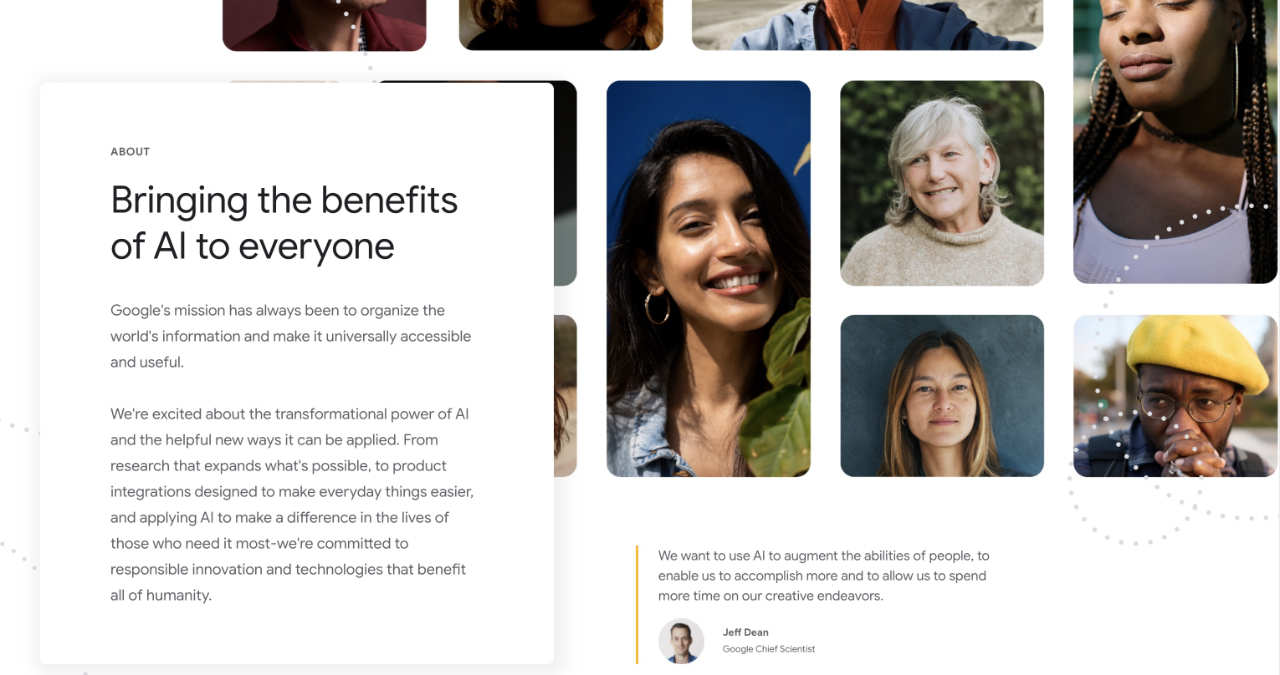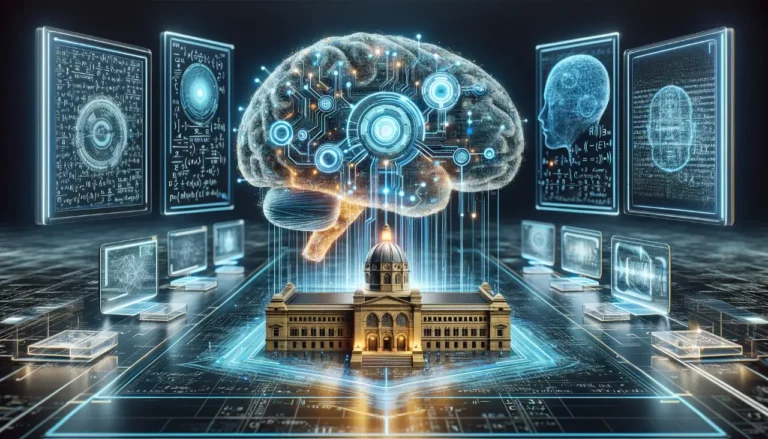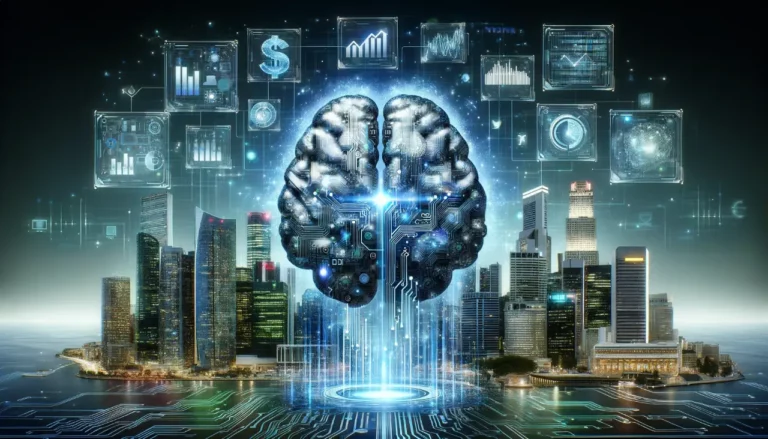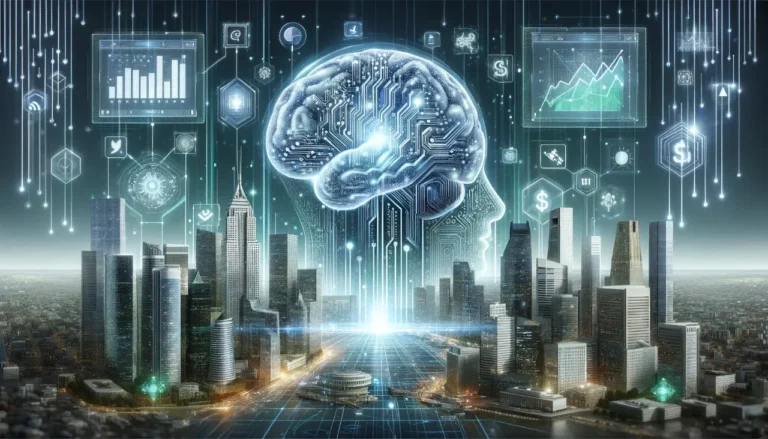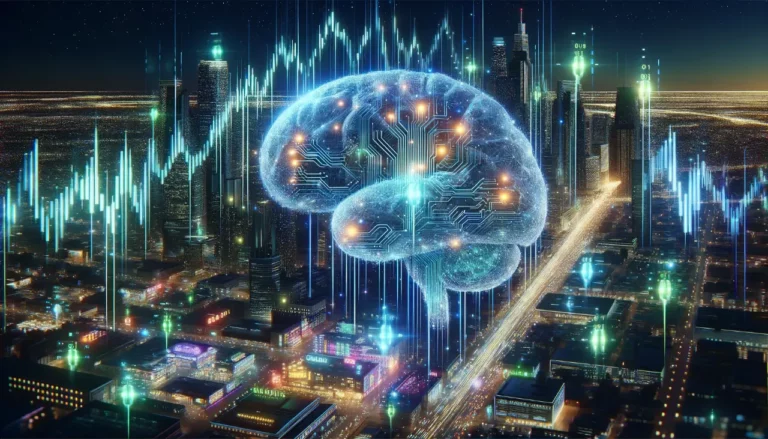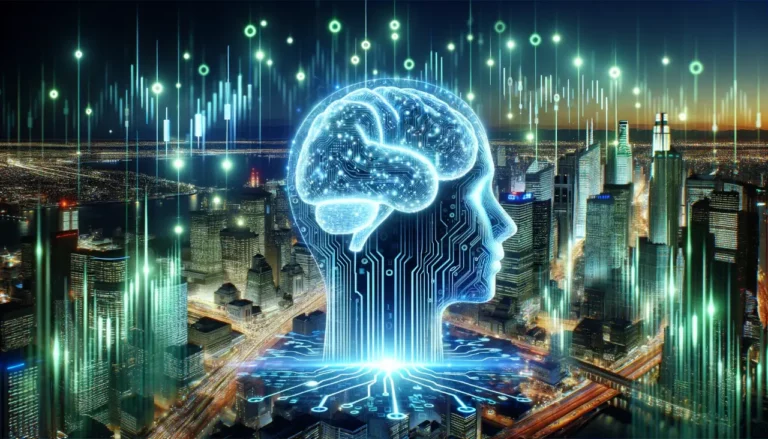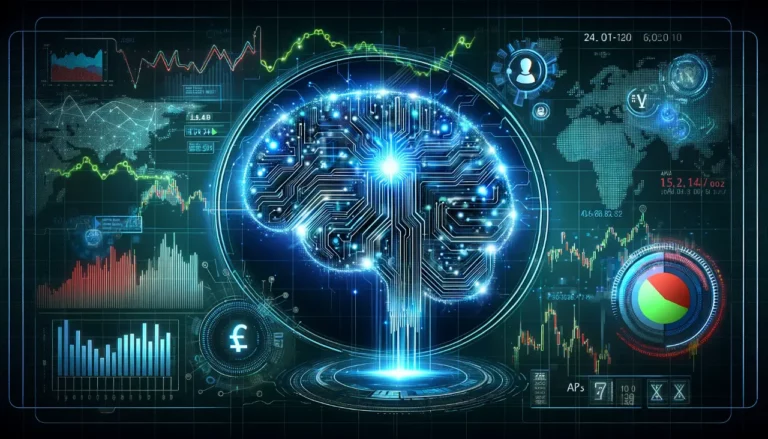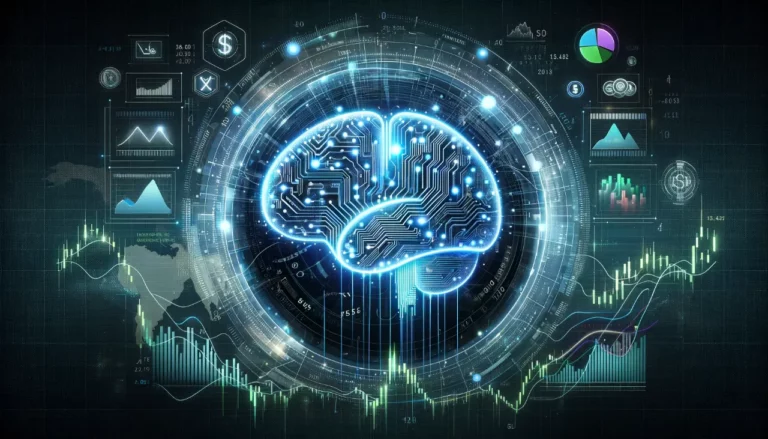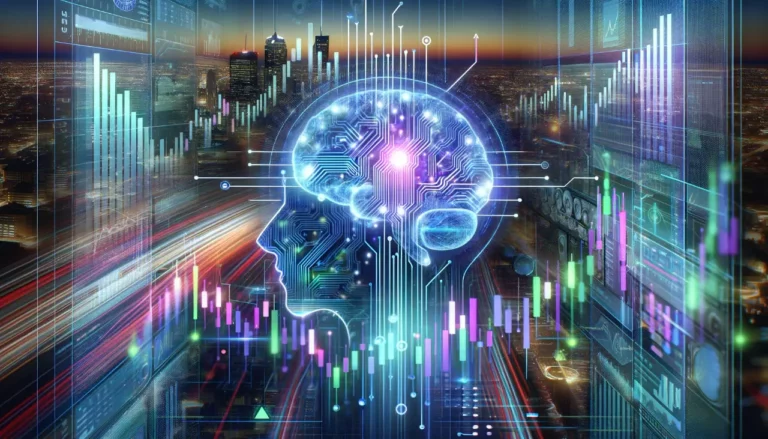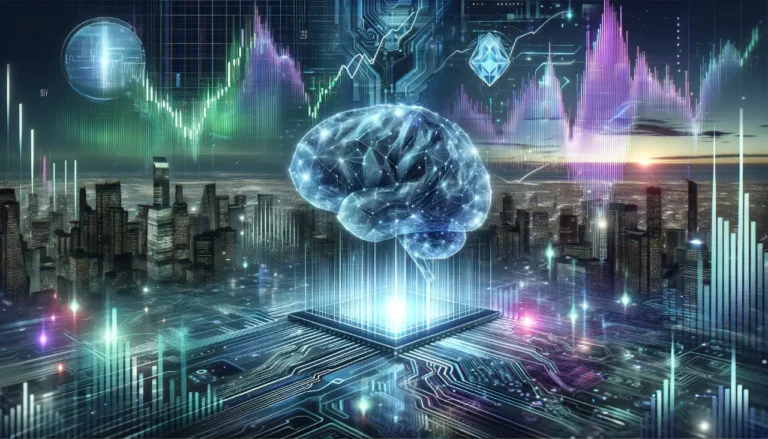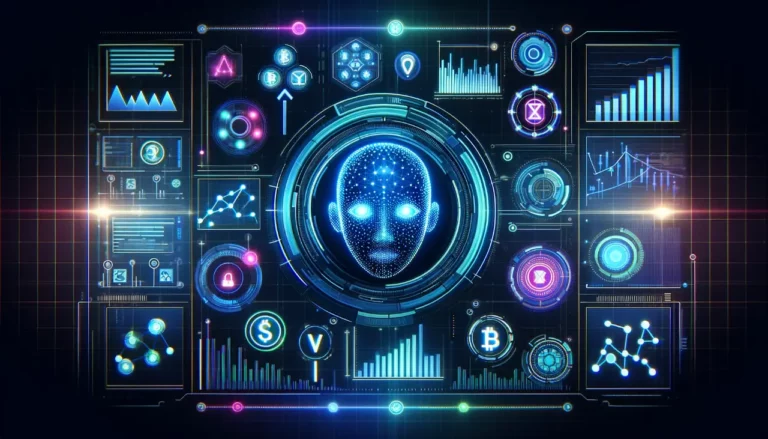The technology behind Google’s sentence autocompletion, for example, voraciously scans the Internet and vacuums up billions of words. It then finds patterns and responds to prompts, mimicking human speech.
But many other experts have thrown cold water on Lemoine’s assertion that AI has reached consciousness. They fear the commotion distracts from real concerns about the technology.
What is Google AI?
Google AI offers a range of artificial intelligence products, solutions and applications on a trusted cloud platform. It also provides data science tools and infrastructure to train and run machine learning (ML) AI models.
The company’s AI technology is woven into many of its core products, including search, Maps and Photos. It’s also used in some of the company’s research projects, such as self-driving cars and quantum computing.
Other notable projects include AlphaGo, which beat world champion Lee Sedol at the ancient Chinese game of Go, and the generative AI tool Bard, which is now part of Google Search. This AI helps users refine searches by using natural language processing and machine learning to create conversational results. The software is based on Google’s LaMDA and Pathways language models, which are built on Transformer, Google’s neural network architecture.
RankBrain
When RankBrain was rolled out in 2015 it introduced a new way for Google to interpret search queries. It is a machine learning artificial intelligence algorithm that helps search engines understand human-typed searches better.
It breaks words and phrases down into vectors, which are mathematical entities that determine meaning based on context. Google then uses those vectors to find the best search results for each query.
Google uses a combination of different factors to evaluate search engine results including user location, current trends and history. It also pays attention to how users interact with the SERPs, for example if people quickly click on a result and then immediately go back to the search bar that’s a bad sign that the page doesn’t answer their question.
The RankBrain update has significantly changed how SEO works. It has moved away from keyword stuffing and toward producing quality content that reflects real human intent. It’s vital for SEOs to know how this technology works and how to optimize their pages for it.
Knowledge Graph
Knowledge graphs put data in context via linking and semantic metadata, making them ideal for applications such as data integration and analytics. They also provide a flexible framework for representing and managing complex data structures.
In contrast to relational databases, which host solitary data sets in proprietary environments, knowledge graphs can store information in a standardized open format. They are also a good choice for storing and querying data that is complex or heterogeneous.
Google’s goal with the Knowledge Graph is to understand the meaning behind real-world entities and their relationships, rather than simply showing results that match the words used in a search query. This allows the company to present a more relevant search results page (SERP) by answering questions like “who is the author of the Lord of the Rings?” or “what year was J. R. R. Tolkien born?”. Google obtains the data for its Knowledge Graph from a variety of sources, including Wikipedia and Wikidata.
Translators
AI-powered translators have helped break down language barriers and foster global communication. However, they are still prone to errors when it comes to idiomatic expressions and cultural nuances. These errors can have a major impact on business and academic content.
One of the most popular and user-friendly AI translators is Google Translate, which offers real-time translation for 108 languages. It also features instant camera translation, allowing users to point their smartphone cameras at text and see an immediate translation.
Another notable feature of Google Translate is its speech recognition and text-to-speech synthesis. This enables users to have voice-to-voice conversations with the app, and it can also translate audio files into text and vice versa. However, it’s important to note that AI translators don’t have a full grasp of context – they don’t understand sarcasm or irony, and may make inaccurate or even offensive mistakes at times. This is especially true when it comes to rare languages.

